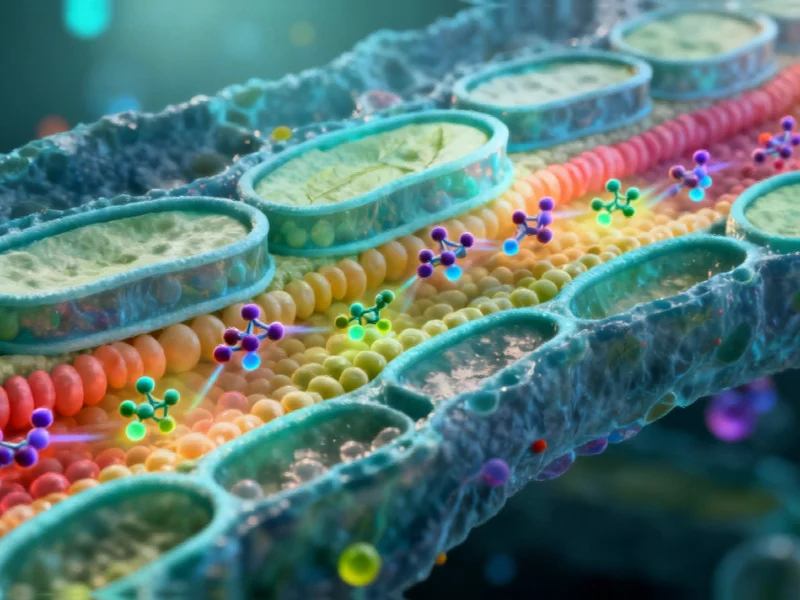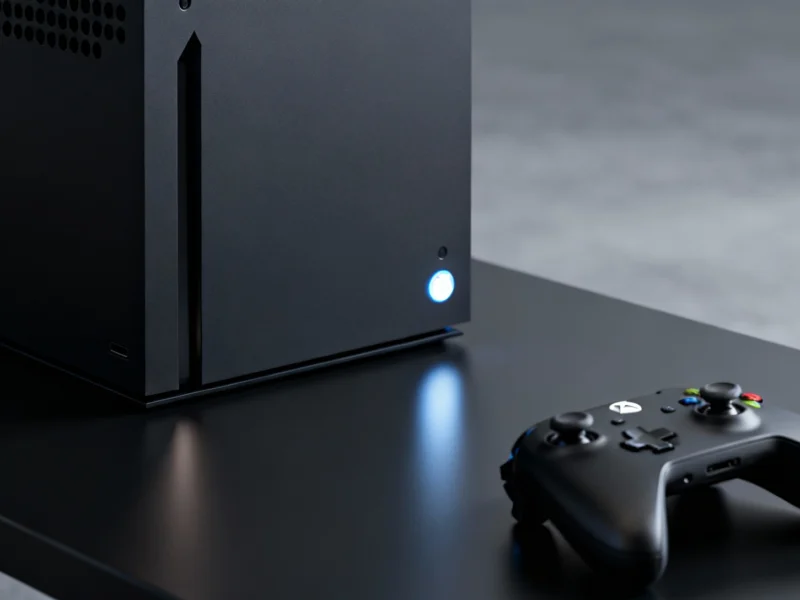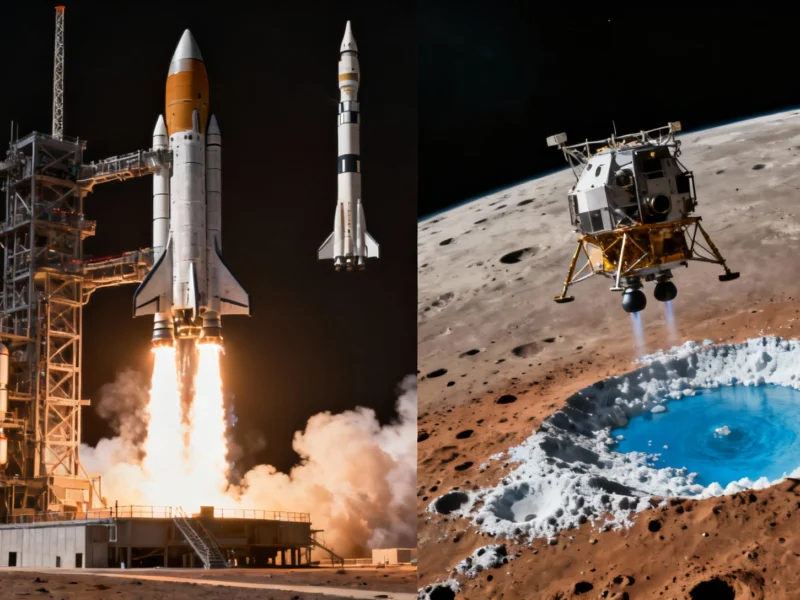Revolutionary Microscopy Technique Overcomes Longstanding Cellular Imaging Barriers
In a significant advancement for cellular biology research, scientists at the University of California San Diego have developed an innovative imaging platform that enables unprecedented visualization of lipid movement between cellular organelles. This breakthrough comes at a time when advanced imaging technologies are transforming our understanding of cellular processes across multiple scientific disciplines.
The newly developed FACES (fluorogen-activating coincidence encounter sensing) technology addresses a fundamental limitation in cellular imaging: the inability to resolve structures that exist mere nanometers apart. Traditional light microscopy, constrained by its 250-nanometer resolution limit, has long been insufficient for observing the intricate dance of lipids as they shuttle between organelles separated by distances as small as tens of nanometers.
The Lipid Transport Challenge
Lipids represent one of the most fundamental classes of biomolecules, serving critical functions in membrane structure, energy storage, and cellular signaling. Each cellular compartment maintains its own distinctive lipid composition, known as a lipidome, which is essential for proper organelle function. The endoplasmic reticulum serves as the primary manufacturing site for most lipids, but these molecules must be precisely distributed throughout the cell to maintain cellular homeostasis.
“The challenge has always been that these transport events occur at scales far below what conventional microscopy can resolve,” explained Itay Budin, Associate Professor of Biochemistry & Molecular Biophysics and the study’s corresponding author. “Organelles are packed incredibly close together, and understanding how specific lipids navigate this crowded cellular landscape has remained largely mysterious.”
How FACES Technology Works
The FACES platform employs an ingenious molecular strategy based on fluorogen molecules and their activating proteins (FAPs). Fluorogens are unique dye molecules that remain non-fluorescent until they bind to their specific FAP partners. By chemically attaching fluorogens to lipids of interest and controlling the localization of FAP proteins within specific cellular compartments, researchers can selectively illuminate lipid molecules only when they reach their target destinations.
“It functions like a molecular switch,” Budin elaborated. “Neither component fluoresces independently, but when they encounter each other in the same cellular location at the same time, they form a complex that emits light. This allows us to track precisely where and when specific lipids arrive at their intended organelles.”
This technological advancement represents the kind of innovative partnership between different technological domains that is driving progress across multiple scientific fields, from computing to cellular biology.
Unprecedented Resolution Capabilities
What sets FACES apart from previous imaging methods is its ability to resolve individual leaflets of lipid bilayers. Cell membranes consist of dual-layer structures approximately 3-4 nanometers thick, with each leaflet potentially containing different lipid compositions. Conventional microscopy cannot distinguish between these two layers, but FACES can selectively illuminate one leaflet while keeping the other dark, providing unprecedented insight into asymmetric membrane properties.
William Moore, the paper’s first author and the project scientist who conceived the approach, explained the conceptual breakthrough: “While fluorogens have traditionally been used to track proteins genetically tagged with FAPs, we reversed this logic. We repurposed FAPs as sensors for tracking fluorogens that we’ve attached to lipids. This paradigm shift opens up entirely new possibilities for studying molecular transport.”
Broader Scientific Implications
The development of FACES technology arrives as scientific communication and data sharing platforms continue to evolve, facilitating faster dissemination of breakthrough technologies across the global research community. Budin’s lab plans to make the sensor proteins and fluorogen molecules widely available to other laboratories, recognizing the platform’s potential applications beyond lipid research.
“Although our focus is on lipid biology, this technology can be adapted to study many different types of biomolecules that can be chemically labeled,” Budin noted. “We envision it becoming a standard tool in biology and biochemistry laboratories worldwide, helping researchers answer fundamental questions about cellular organization and molecular trafficking.”
Future Directions and Collaborations
The FACES platform will complement other advanced imaging tools being developed in collaborating laboratories, including those of Professor Neal Devaraj. Together, these research teams aim to build a comprehensive understanding of organelle communication—how different cellular components interact and coordinate their functions through mechanisms including lipid transport.
This research emerges during a period of significant technological and regulatory developments across multiple industries, highlighting how scientific advances often occur within broader contexts of innovation and oversight.
The ability to visualize nanoscale lipid dynamics promises to transform our understanding of cellular physiology, potentially revealing new insights into metabolic diseases, membrane biology, and fundamental cellular processes that have remained elusive due to technological limitations. As this technology becomes more widely adopted, researchers anticipate discoveries that could reshape our fundamental understanding of cellular organization and function.
Based on reporting by {‘uri’: ‘phys.org’, ‘dataType’: ‘news’, ‘title’: ‘Phys.org’, ‘description’: ‘Phys.org internet news portal provides the latest news on science including: Physics, Space Science, Earth Science, Health and Medicine’, ‘location’: {‘type’: ‘place’, ‘geoNamesId’: ‘3042237’, ‘label’: {‘eng’: ‘Douglas, Isle of Man’}, ‘population’: 26218, ‘lat’: 54.15, ‘long’: -4.48333, ‘country’: {‘type’: ‘country’, ‘geoNamesId’: ‘3042225’, ‘label’: {‘eng’: ‘Isle of Man’}, ‘population’: 75049, ‘lat’: 54.25, ‘long’: -4.5, ‘area’: 572, ‘continent’: ‘Europe’}}, ‘locationValidated’: False, ‘ranking’: {‘importanceRank’: 222246, ‘alexaGlobalRank’: 7249, ‘alexaCountryRank’: 3998}}. This article aggregates information from publicly available sources. All trademarks and copyrights belong to their respective owners.



